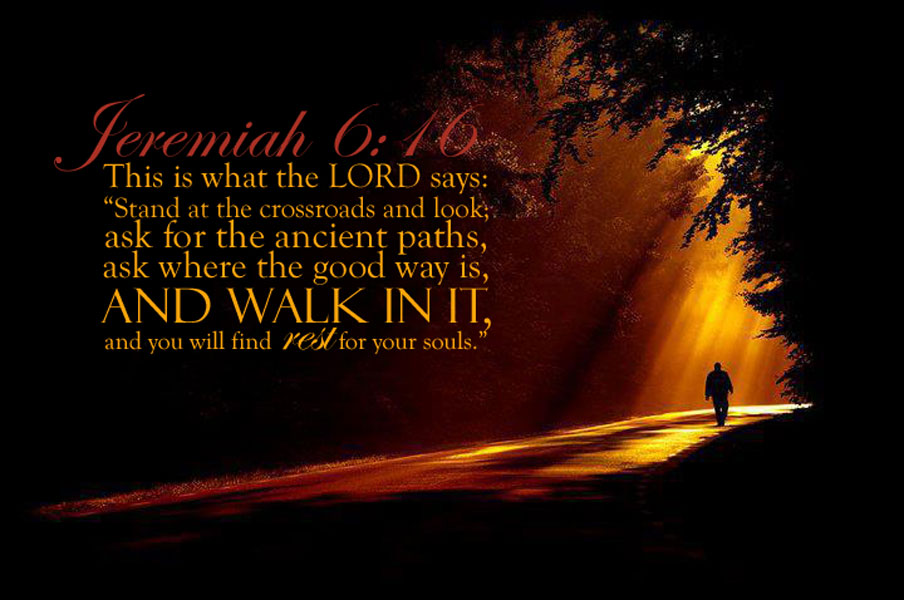
Were they ashamed when they committed abomination? Nay, they were not at all ashamed, neither could they blush. Therefore they shall fall among them that fall. At the time that I visit them they shall be cast down, saith the Lord.Stand ye in the ways, and see, and ask for the old paths, where is the good way, and walk therein, and ye shall find rest for your souls. Jeremiah 6:15
Another way to identify the old paths is to look at the Supreme Court's rulings from our early history. Understandably, many Christians have come to view the Supreme Court almost as an enemy because of the rulings that have been handed down in recent years. But it wasn't always that way.
In a case called "People vs. Rugels," The Court of 1811 stated:
"Whatever strikes at the root of Christianity tends manifestly to the dissolution of civic government."
Now, aren't we seeing the truth of that statement verified before our very eyes? The 1844 case of "Vidal vs. Gerard" centered on a Philadelphia school that decided to try to teach morality without the Bible or Christian principles. Doesn't that sound like our public school system today?
That Court ruled:
"Why may not the Bible and especially the New Testament be read and taught as a divine revelation in the school? Its general precept expounded and its glorious principles of morality inculcated? Where can the purist principles of morality be learned so clearly or so perfectly as from the New Testament?"
In the case of "Holy Trinity vs. the U.S." in 1892, the Court's ruling read this way:
"Our laws and institutions must necessarily be based upon and must embody the teachings of the Redeemer of mankind. It is impossible for it to be otherwise. In this sense and to this extent, our society and our institutions are emphatically Christian."
And they gave 87 precedents in support of their conclusion. Does this sound anything like our Supreme Court today?
Not One Precedent
For about 170 years, the Courts were very careful to follow the intent of our founding fathers. But let's jump ahead to the Supreme Court of 1947.
There we find one of the justices borrowing the term "separation of church and state" from a personal letter Thomas Jefferson wrote in 1802. Part of his ruling read:
Not One Precedent
For about 170 years, the Courts were very careful to follow the intent of our founding fathers. But let's jump ahead to the Supreme Court of 1947.
There we find one of the justices borrowing the term "separation of church and state" from a personal letter Thomas Jefferson wrote in 1802. Part of his ruling read:
"The First Amendment erected a wall of separation between church and state…(and)…that wall must be kept high and impregnable."
Well, that term soon became so popular that the 1958 Court warned, "If we don't quit talking about "separation of church and state" so much, The American people are going to begin to think it was part of the Constitution."
Nevertheless, the 1962 "Engle vs. Vital" ruling officially and forcefully separated Christian principle from public education by banning organized school prayer.
Subsequent cases banned the Bible, then any mention of God, and then not just in schools, but in any public forum touched by civil government.
Now, you would think that such a far reaching and radical decision would have been backed by a large volume of case history and precedent. Not so.
Incredible as it sounds, the 1962 Court gave no historical or legal precedent whatsoever. In reality, there was no precedent to give and this at a time when 97 percent of the American populace professed a belief in God!
Why is the American dream dying? Because we, as a nation, have banished God from our society.
Serving the King and His People,
Pastor Marcos DeSouza
LionHeart Fellowship
Titusville, Florida
Church Website: www.lionheartfellowship.org
Blogs:


No comments:
Post a Comment